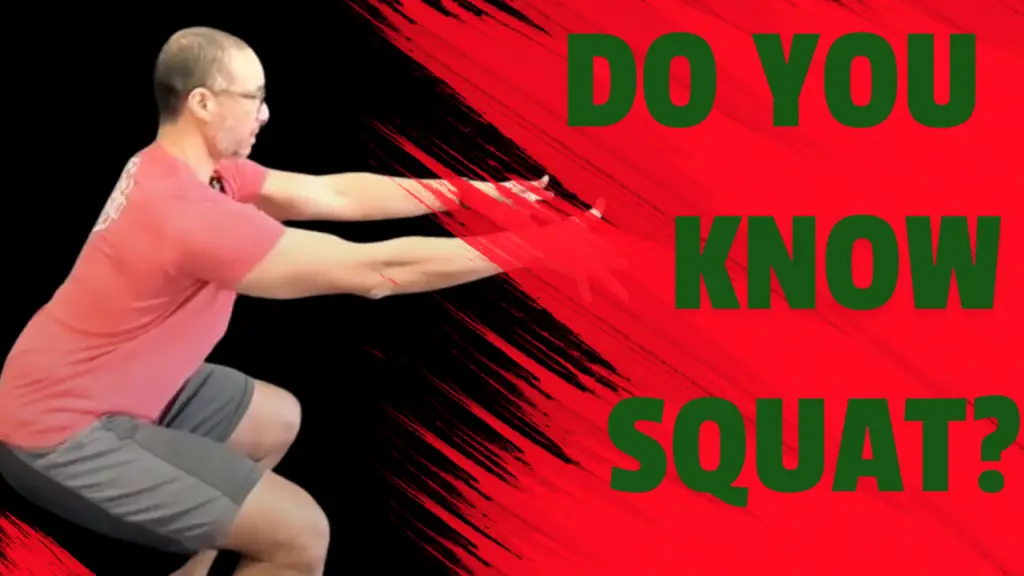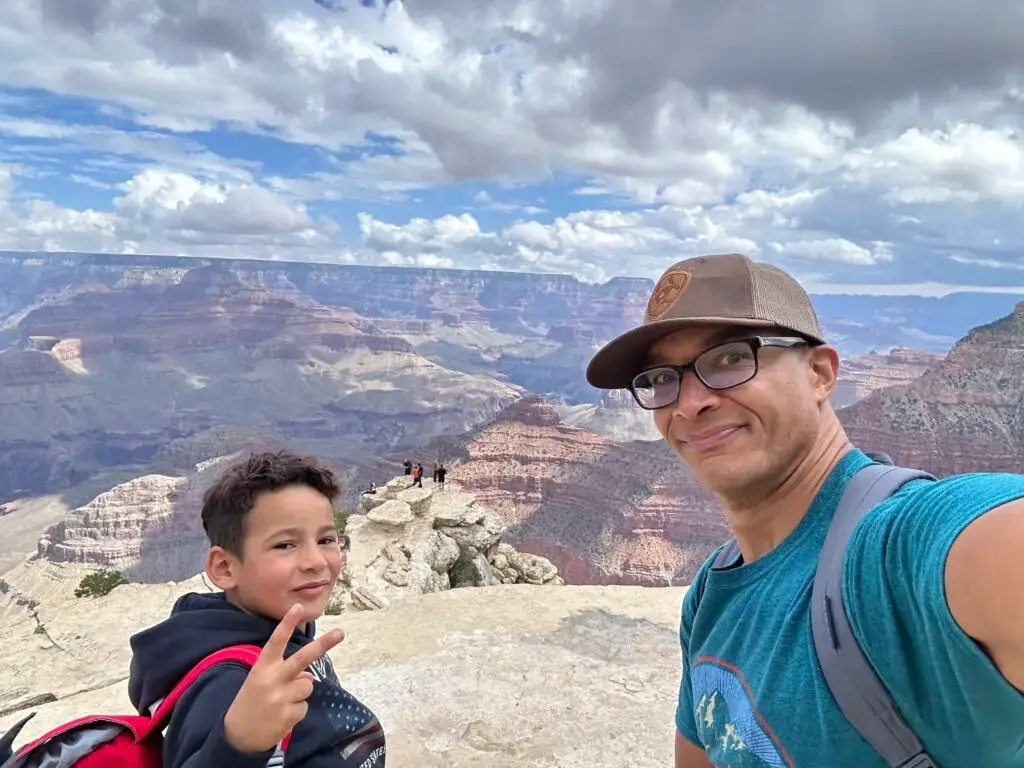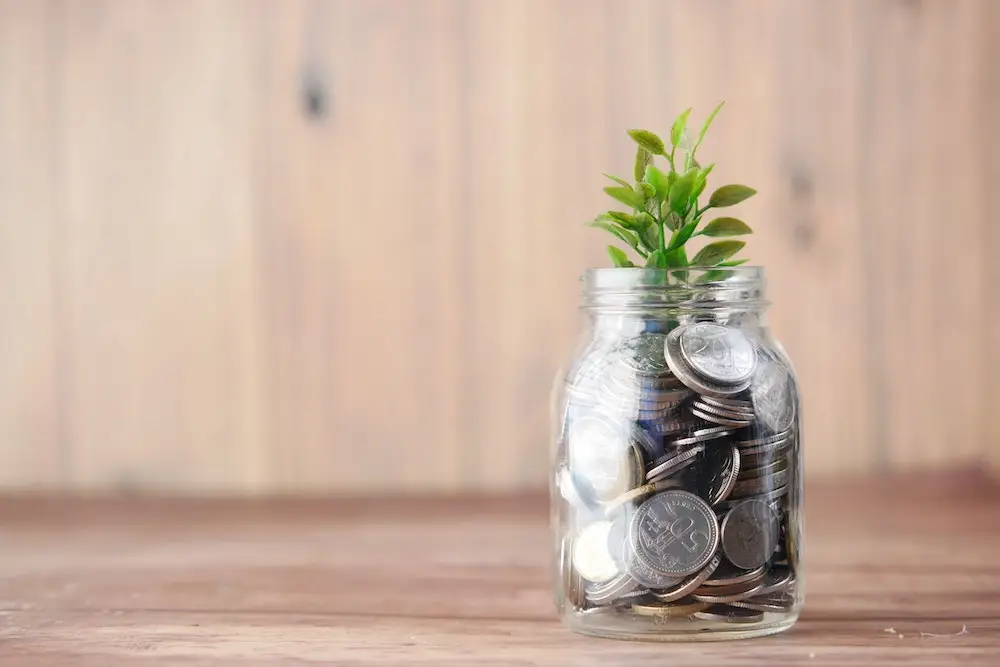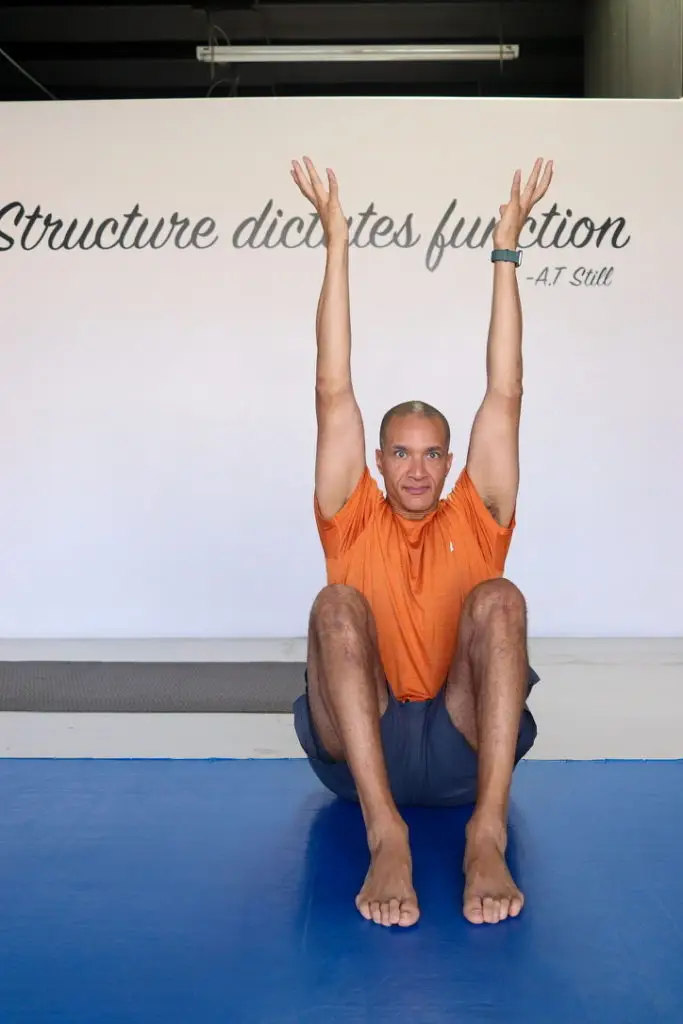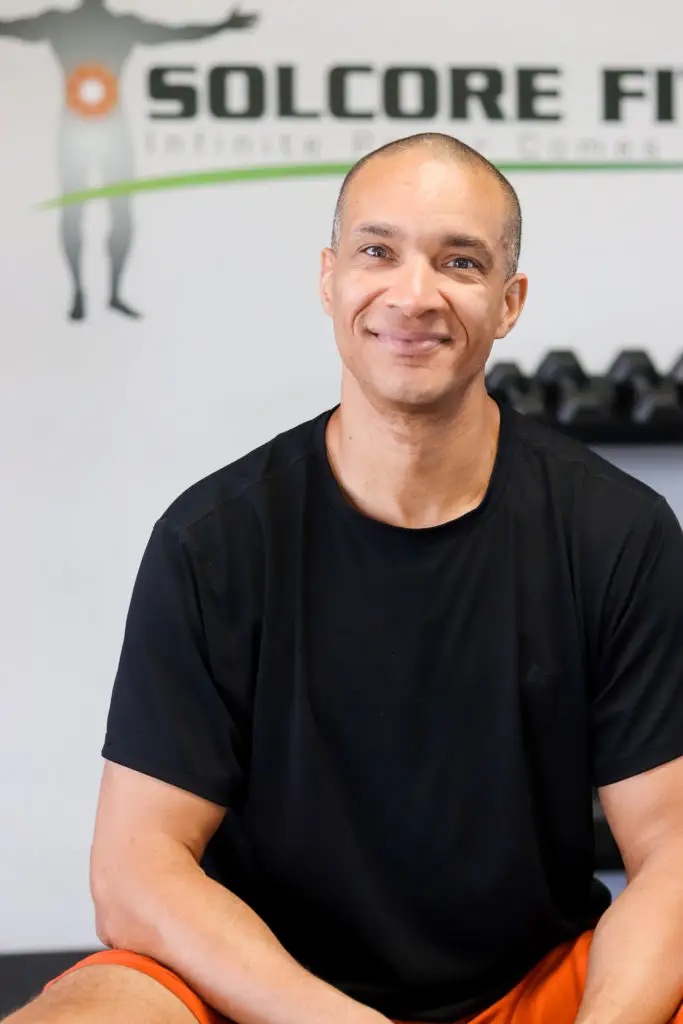🌱 Gardening Hurts? How to Protect Your Body While Doing What You Love
Gardening brings joy to so many people — the satisfaction of growing your own food or flowers, the quiet peace of working in the soil. But for many, it also brings back pain, neck stiffness, sore knees, or overall fatigue. It doesn’t have to be that way.
I’m Ekemba Sooh, owner of SolCore Fitness. I’ve been in the health and fitness field for over 30 years, working under the osteopathic model. And here’s what I want you to know:
Gardening is a sport. It’s physically demanding. And like any sport, if you don’t prepare your body for it, you’ll pay for it.
In this blog, I’ll break down:
Simple things you can do to avoid injury and feel better
Why gardening leads to pain
What’s really happening to your knees, back, and spine
Click on the image to watch the video

🌻 Gardening is More Demanding Than You Think
Here’s what most people miss: gardening places a huge load on the body.
You’re squatting, bending, twisting, lifting, and often holding these positions for long periods. That’s a combination of:
- External load (heavy pots, rocks, plants)
- Postural load (static crouching, awkward angles)
- Repetitive strain (hours of weeding, digging)
One of my clients — an art teacher — came to me years ago with chronic pain. After months of work, she felt great and was living her life again… until one weekend she gardened for five hours straight. No warm-up. No cool-down. She undid months of progress in one afternoon.
This isn’t about fear — it’s about awareness.
🦵 Your Knees: Why Squatting Hurts Later
Gardening involves constant squatting, both dynamic and static. The knee joint is most stable at 90 degrees — but once you drop lower, things start to rub.
A law in biomechanics called Delpech’s Law tells us that high pressure on a surface leads to the body producing more tissue. In the knees, this can lead to roughened cartilage, causing pain, grinding, and inflammation — especially if you do it over and over without support.
🧍♂️ Your Lower Back: Lever Arms & Fascia Fatigue
Ever notice how heavy things feel when you’re bent forward? That’s the lever arm principle. The further out the weight (or your torso), the more strain on your lower back.
From your belly button to your pelvis, you don’t have bones to hold things together. Your fascia — soft tissue layers — does the job. But fascia needs to be hydrated, supple, and trained to support load.
If your fascia isn’t prepped, long hours in bent-over positions can overwhelm it. That leads to tightness, spasms, or worse.
🌀 Your Spine: Why Flexing and Twisting Are Dangerous
Most gardening tasks involve two risky combinations:
- Flexion + Rotation (scooping dirt, weeding)
- Extension + Rotation (reaching up and twisting)
Both compress the spine’s joints and increase the risk of disc issues like bulges, herniations, or pinched nerves — especially if your spine isn’t stabilized by surrounding muscles and fascia.
This isn’t about avoiding movement. It’s about training your body to handle those movements safely.
🏋️♀️ What You Can Do to Prevent Gardening Injuries
Here are the three keys to keeping your body pain-free while gardening:
1. Train Like It’s a Sport
You wouldn’t try to deadlift 500 pounds without a program, right? Gardening is no different. Your body needs a holistic strength and mobility plan based on what you’re asking it to do — not just general workouts, but targeted prep for your spine, knees, pelvis, and fascia.
2. Warm Up Before Gardening
Your body is like an old car — it needs a few minutes to “rev the engine.” A proper warm-up turns on your muscular and neurological systems, thins out the fluids in your joints and fascia, and helps prevent injury.
Here’s a short warm-up that targets the most stressed areas:
👣 Knees
- Knee Circles (clockwise and counterclockwise)
- Figure 8s (vertical and horizontal)
These gentle movements lubricate the joint and prep ligaments for squatting.
🧘 Pelvis
- Pelvic Rocks in a wide-stance position with knees bent and torso upright. Helps activate the hips and lumbar spine.
🌀 Spine
- Torso Translations & Tilts with arms in external rotation. Warms the ribcage and mid-back while protecting from over-compression.
Just 5–7 minutes of this can drastically improve how your body handles the demands of gardening.
3. Recover After Gardening
You’ve loaded the system — now you have to unload it. Stretch the areas you used. Use fascia-specific movements or myofascial stretches to rebalance the body. Don’t just sit down and let it tighten up.
Using Osteopathic manual therapy techniques like TTLS, work with the body and speed up healing to regain function.
🌿 Want to Keep Gardening for Life?
If gardening brings you joy, it’s worth protecting. And if you want help, I’ve got 3 easy ways to start:
- 👉 Download my Free Guide: 4 Steps to a Mobile, Pain-Free Life
- 🗓️ Book a Consultation to talk about your specific body and goals
Let me help you garden smarter, not harder — and keep doing what you love for years to come.
Building a foundation for a better life.
Find out more @

